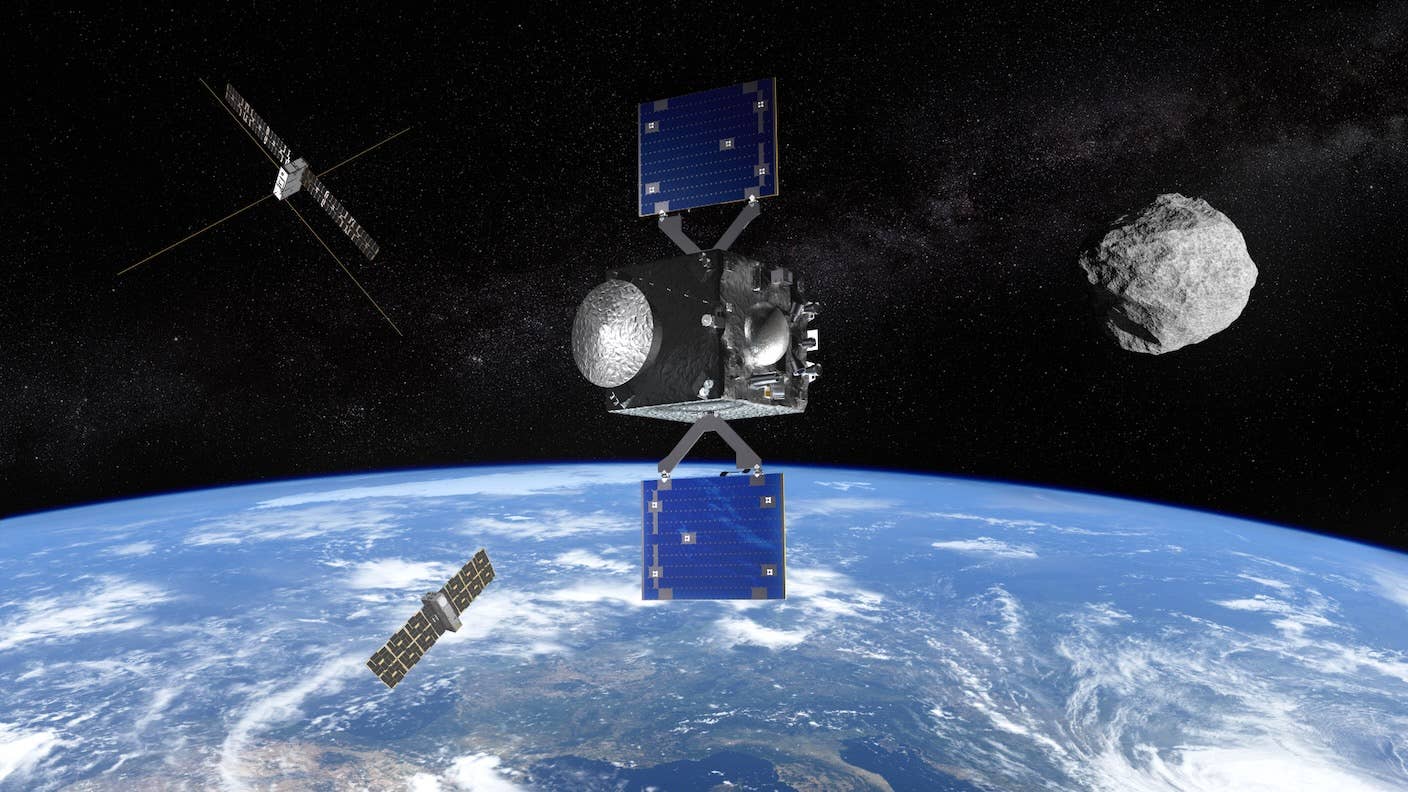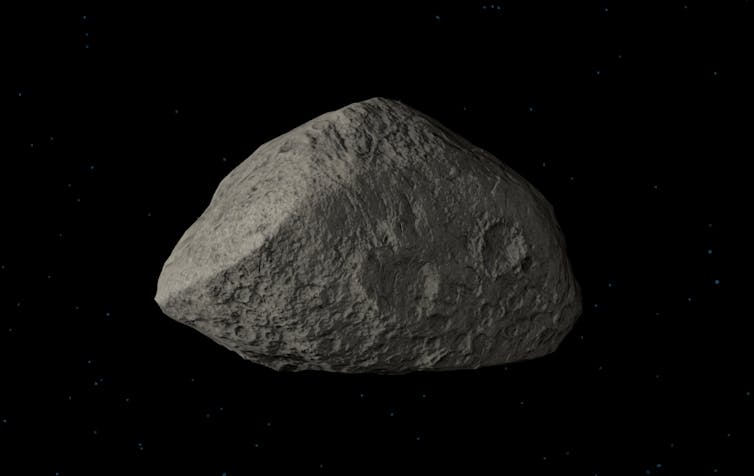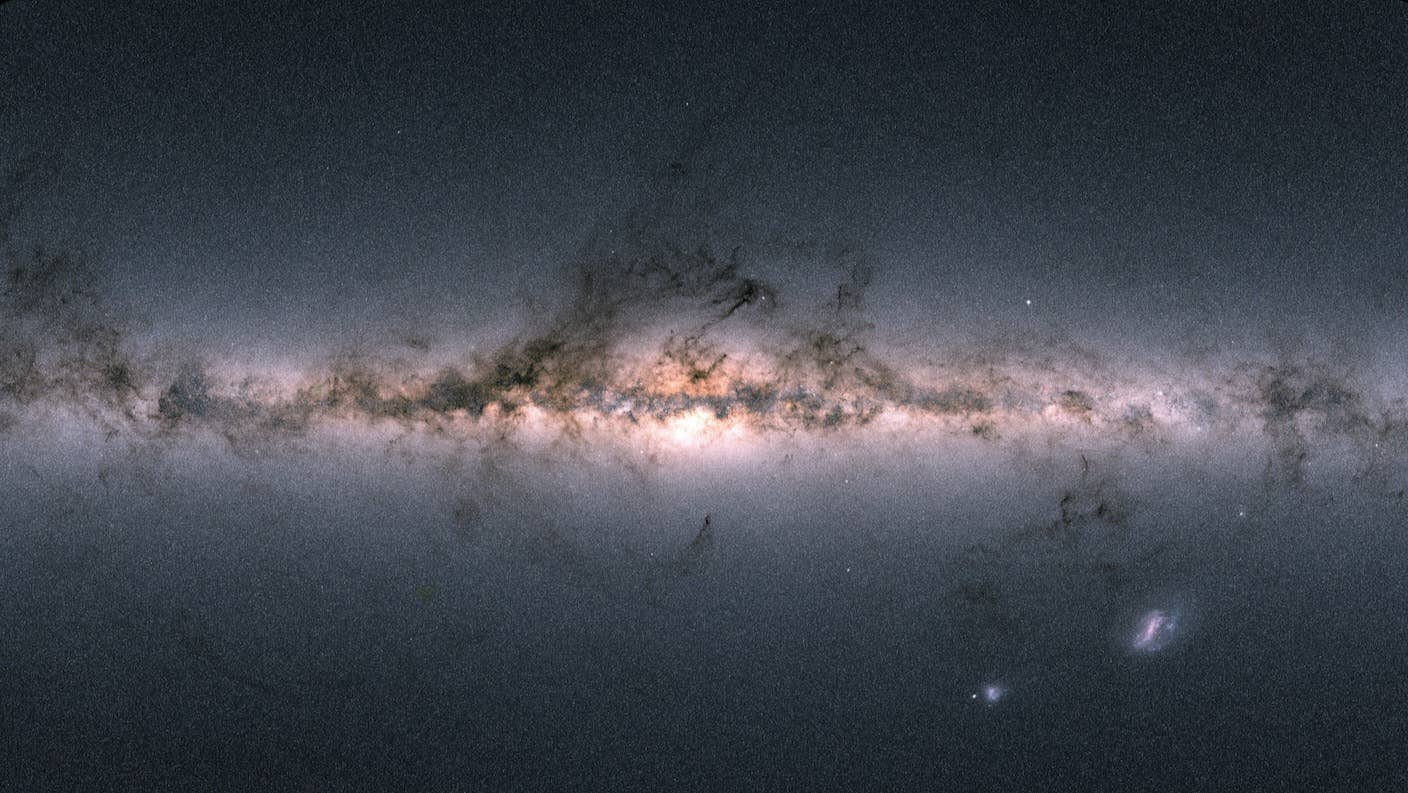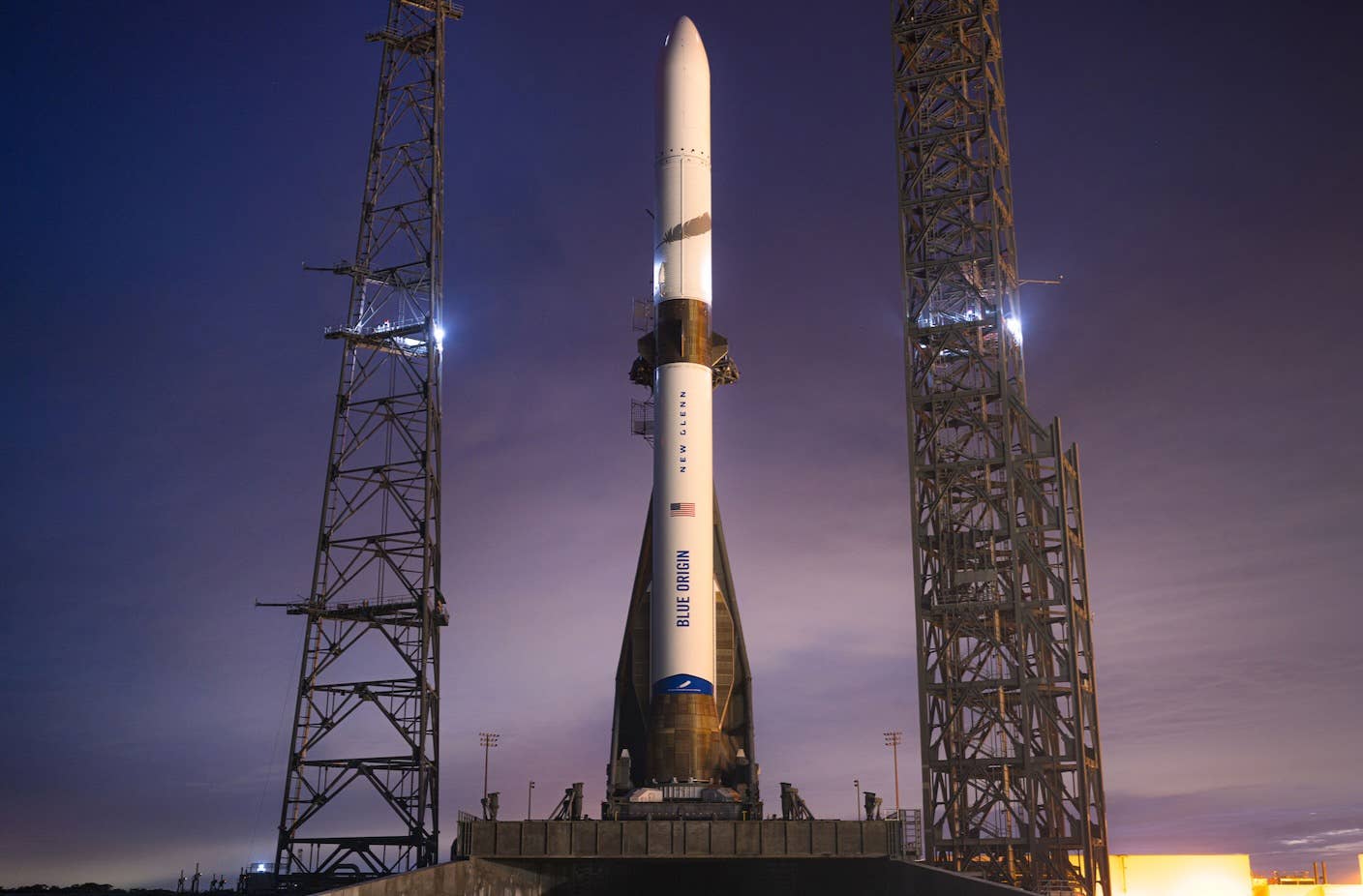Europe Aims to Visit This Large Asteroid When It Brushes by Earth in 2029

Share
The European Space Agency has given the go-ahead for initial work on a mission to visit an asteroid called Apophis. If approved at a key meeting next year, the robotic spacecraft, known as the Rapid Apophis Mission for Space Safety (Ramses), will rendezvous with the asteroid in February 2029.
Apophis is 340 meters wide, about the same as the height of the Empire State Building. If it were to hit Earth, it would cause wholesale destruction hundreds of miles from its impact site. The energy released would equal that from tens or hundreds of nuclear weapons, depending on the yield of the device.
Luckily, Apophis won’t hit Earth in 2029. Instead, it will pass by Earth safely at a distance of 19,794 miles (31,860 kilometers), about one-twelfth the distance from the Earth to the Moon. Nevertheless, this is a very close pass by such a big object, and Apophis will be visible with the naked eye.
NASA and the European Space Agency have seized this rare opportunity to send separate robotic spacecraft to rendezvous with Apophis and learn more about it. Their missions could help inform efforts to deflect an asteroid that threatens Earth, should we need to in the future.
The Threat From Asteroids
Some 66 million years ago, an asteroid the size of a small city hit Earth. The impact of this asteroid brought about a global extinction event that wiped out the dinosaurs.
Earth is in constant danger of being hit by asteroids, leftover debris from the formation of the solar system 4.5 billion years ago. Located in the asteroid belt between Mars and Jupiter, asteroids come in many shapes and sizes. Most are small, only 10 meters across, but the largest are hundreds of kilometers across, larger than the asteroid that killed the dinosaurs.

Artist’s impression of Apophis. Image Credit: NASA
The asteroid belt contains one to two million asteroids larger than a kilometer across and millions of smaller bodies. These space rocks feel each other’s gravitational pull, as well as the gravitational tug of Jupiter on one side and the inner planets on the other.
Because of this gravitational tug-of-war, every once in a while an asteroid is thrown out of its orbit and hurtles towards the inner solar system. There are 35,000 such “near-Earth objects” (NEOs). Of these, 2,300 “potentially hazardous objects” (PHOs) have orbits that intersect Earth’s and are large enough that they pose a real threat to our survival.
Do Not Go Gentle Into That Good Night
During the 20th century, astronomers set up several surveys, such as Atlas, in order to detect and study hazardous asteroids. But detection is not enough; we have to find a way to defend Earth against an incoming asteroid.
Blowing up an asteroid, as depicted in the movie Armageddon, is no use. The asteroid would be broken into smaller fragments, which would keep moving in much the same direction. Instead of being hit by one large asteroid, Earth would be hit by a swarm of smaller objects.
The preferred solution is to deflect the incoming asteroid away from Earth so that it passes by harmlessly. To do so, we would need to apply an external force to the asteroid to nudge it away. A popular idea is to fire a projectile at the asteroid. NASA did this in 2022, when a spacecraft called DART collided with an asteroid. Before we do this out of necessity, we have to understand how different types of asteroids would react to such an impact.
Apophis, Ramses, and Osiris-Apex
Apophis was discovered in 2004. The asteroid passed by Earth on December 21, 2004 at a distance of 14 million kilometers. It returned in 2021 and will swing by Earth again in 2029, 2036, and 2068.
Be Part of the Future
Sign up to receive top stories about groundbreaking technologies and visionary thinkers from SingularityHub.


Until recently, there was a small chance that Apophis could collide with Earth in 2068. However, during Apophis’ approach in 2021, astronomers used radar observations to refine their knowledge of the asteroid’s orbit. These showed that Apophis would not hit our planet for the next 100 years.
The Ramses mission will rendezvous with Apophis in February 2029, two months before its closest approach to Earth on Friday, April 13. It will then accompany the asteroid as it approaches Earth. The goal is to learn how Apophis’s orbit, rotation, and shape will change as it passes so close to Earth’s gravitational field.
In 2016, NASA launched the “Origins, Spectral Interpretation, Resource Identification, and Security–Regolith Explorer” (Osiris-Rex) mission to study the near-Earth asteroid Bennu. It intercepted Bennu in 2020 to collect samples of rock and soil from its surface and dispatched the rocks in a capsule, which arrived on Earth in 2023.
The spacecraft is still out there, so NASA renamed it the “Origins, Spectral Interpretation, Resource Identification and Security–Apophis Explorer” (Osiris-Apex) and assigned it to study Apophis. Osiris-Apex will reach the asteroid just after its 2029 close encounter. It will then fly low over Apophis’s surface and fire its engines, disturbing the rocks and dust that cover the asteroid to reveal the layer underneath.
A close flyby of an asteroid as large as Apophis happens only once every 5,000 to 10,000 years. Apophis’s arrival in 2029 presents a rare opportunity to study such an asteroid up close, and seeing how it is affected by Earth’s gravitational pull. The information gleaned will shape the way we choose to protect Earth in the future from a real killer asteroid.
Ancient Egyptian Mythology
When Ramses and Osiris-Apex meet up with Apophis in 2029 they will inadvertently reenact a core component of ancient Egyptian cosmology. To the ancient Egyptians, the sun was personified by several powerful gods, chief among them Re. The sun’s setting in the evening was interpreted as Re dying and entering the netherworld.
During his nighttime journey through the netherworld, Re was menaced by the great snake Apophis, who embodied the powers of darkness and dissolution. Only after Apophis had been defeated could Re be revitalized by Osiris, the king of the netherworld. Re could then once again be reborn in the east, rising in the sky once more.
Tomb murals, coffins, and funerary papyri depict Apophis as a large, coiled snake threatening Re as he sails in his solar barque (sailing ship). But Apophis is always defeated, his body pierced by a spear or riven by knives.
Though the asteroid Apophis poses no danger in the near future, Ramses (named after the pharaohs of the same name, which meant “born of Re”) and Osiris-Apex will study it so that one day we will know how to defeat it—or any of its distant brethren.
This article is republished from The Conversation under a Creative Commons license. Read the original article.
Or is an associate professor of astrophysics at the University of Portsmouth's Institute of Cosmology and Gravitation, an honorary associate professor at University College London (UCL), and a research associate at the American Museum of Natural History. He studies different types of transients—astrophysical phenomena that change on human timescales. He mostly works on supernovae (the explosions of stars) and tidal disruption events (bright flares caused by stars being shredded by supermassive black holes). His books include "Supernova" and "Galaxies" published by MIT Press.
Related Articles

Does Extraterrestrial Life Exist? Here’s What Scientists Really Think

Logging off Life but Living on: How AI Is Redefining Death, Memory, and Immortality

Blue Origin Is Ready to Challenge SpaceX With Its New Glenn Rocket
What we’re reading
